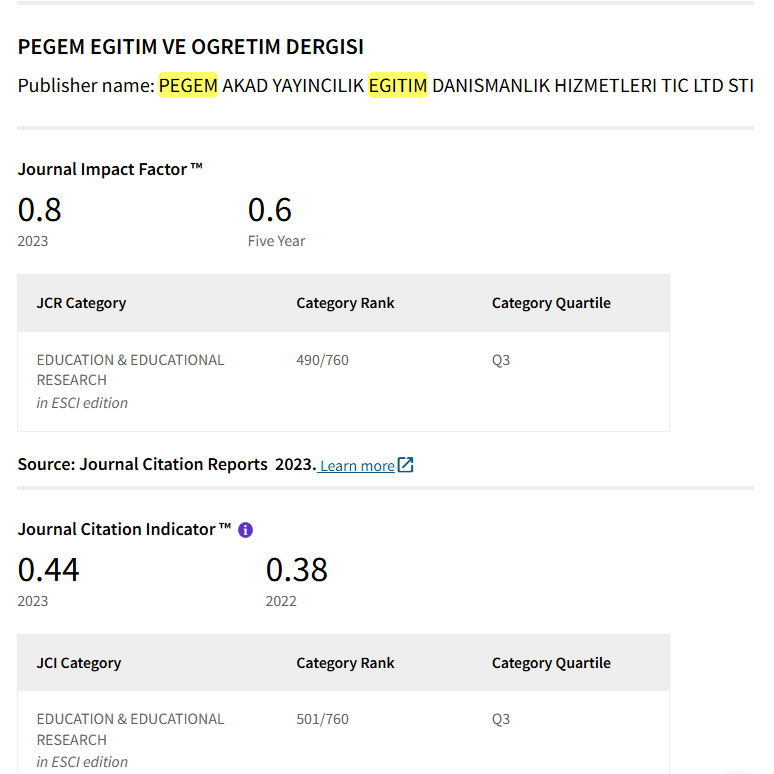Technology Integration in Teaching and Learning of Mathematics: A Disruptive Pedagogy to the Conventional Approach
Keywords:
Technology Integration, Mathematics, Disruptive Pedagogy, Convectional ApproachAbstract
This paper examines the integration of technology in the teaching and learning of mathematics and presents it as a disruptive pedagogy that is capable of rewriting the mathematics educational narrative. This qualitative study sampled ten mathematics teachers and thirty intact class first year students from Offinso College of Education using a case study design and an interpretivist paradigm. Data were collected via semi-structured interviews and analysed via reflective thematic analysis. The research showed some findings that mathematics teachers and students preferred technology-based instruction because it helped to improve students’ understanding and active engagement. However, both advocated Blended Approach, considering both, technology integrated and conventional methods. It was discovered that if more and more mathematics teachers are made to be relevant with technology tools or resources, teacher capacity development, government support and having a policy document in respect of technology integration, there will be an expected effectiveness in the overall integration of technology towards effective and integral part of mathematics instructions. These would all provide ways for mathematics teachers to overcome obstacles they encounter when implementing technology to transform the way mathematics is taught, thus providing disruptive pedagogy to the traditional approach. These findings point to the promise of leveraging technology to improve the teaching and learning of mathematics, while also offering insight into the challenges that must be considered in order to, as optimally as possible, enhance students' learning of mathematics.
Downloads
References
.
Additional Files
Published
How to Cite
Issue
Section
License

This work is licensed under a Creative Commons Attribution-NonCommercial 4.0 International License.
Attribution — You must give appropriate credit, provide a link to the license, and indicate if changes were made. You may do so in any reasonable manner, but not in any way that suggests the licensor endorses you or your use.
NonCommercial — You may not use the material for commercial purposes.
No additional restrictions — You may not apply legal terms or technological measures that legally restrict others from doing anything the license permits.



